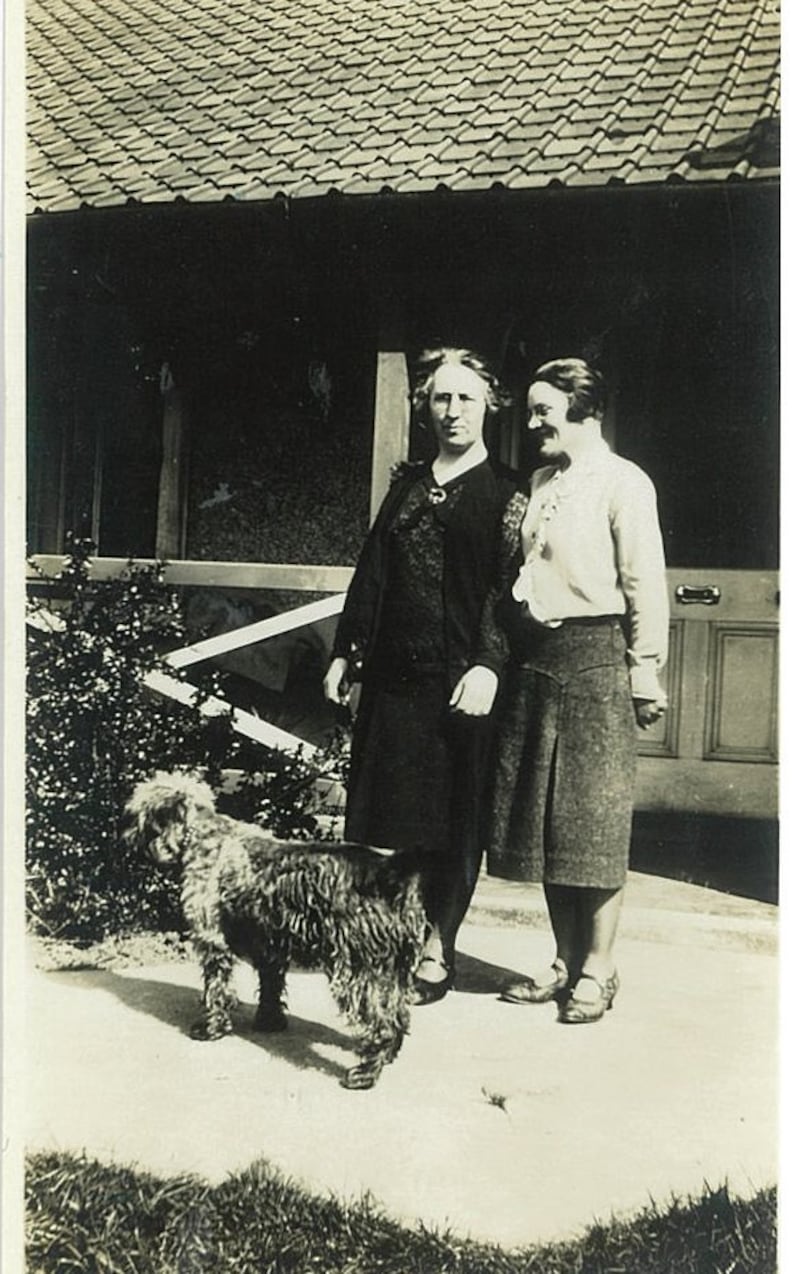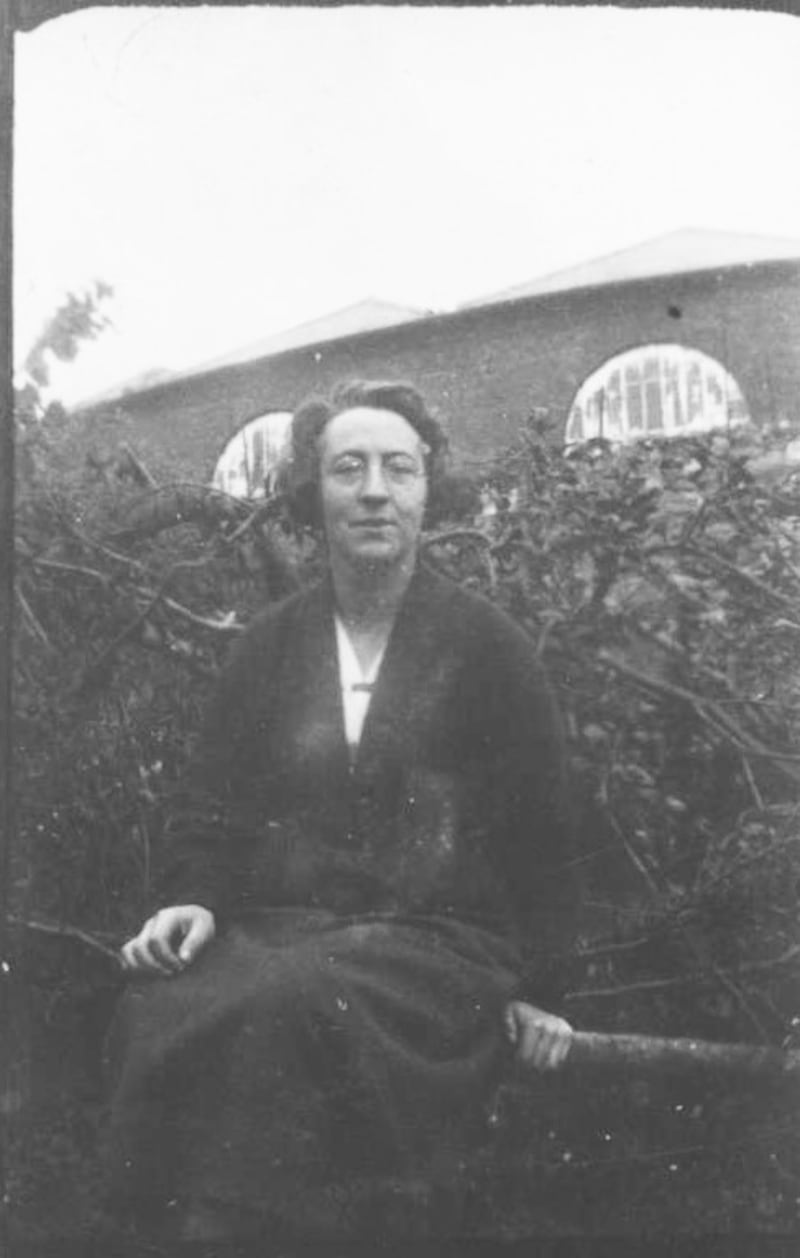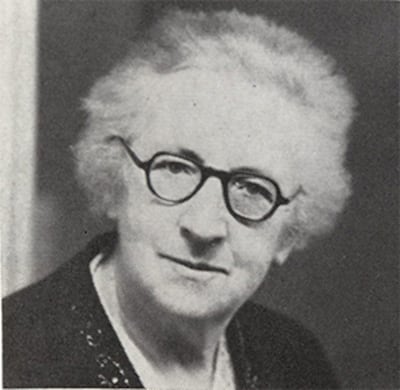The decade of centenaries has brought with it, along with the occasional controversy, renewed interest in the many facets of the revolutionary period. As well as revisiting the traditional narratives of politics and war, historians are now becoming more interested in previously overlooked histories – especially those of class and gender.
Building on the research of the past 40 years, mainly from female scholars, and with more access, including digital access, to archives, research into the activism, contributions, experiences and lives of revolutionary women is ever expanding. There is also a parallel and growing public demand for information and publications on the revolutionary women.
The most radical and revolutionary phase or female activism, when women were engaged in the three great causes – of women, labour and Ireland – was in the first decades of the 20th century. Feminism, trade union activism and militant nationalism inspired thousands of, mostly young, women to join activist groups.
Organisations such as Inghinidhe na hÉireann (1900), the Irish Women’s Franchise League (1908), the Irish Women Workers Union (1911), the Irish Citizen Army (1913) and Cumann na mBan (1914) were filled with idealistic young women, demanding expanded public roles for women in politics, in work, in education and in the fight for Irish freedom. Oftentimes, they were members of several of these organisations.

Not only were young women in Ireland attracted into these three movements, so too were young women among the Irish diaspora, especially in Britain. Coming of age in Scotland, between 1912 and 1914, Margaret Skinnider, a young teacher of Irish descent, was, as she admitted herself, known to the Glasgow police because of her suffrage activism. She was a member of the British militant Women’s Social and Political Union (WSPU).
In Glasgow, the WSPU members carried militancy to a new level, as a Glaswegian working class comrade, Jessie Stephen, later admitted: “Our militancy in Scotland took many forms, such as the smashing of plate glass windows, going into art galleries and even attempts to burn down castles and stately homes.”
Skinnider was not only involved in suffrage militancy, she was also involved in the Glasgow branches of militant nationalist groups. She helped train the Glasgow branch of Na Fianna, she participated in arms raids on Clydeside ship yards with the Glasgow branch of the Irish Volunteers, and when it was founded in 1915, she was one of the first members of the Glasgow Anne Devlin branch of Cumann na mBan.
Indeed, she was known as a crack shot, as she had joined, on the outbreak of war in 1914, one of the local rifle practice clubs set up to train women in case of invasion. By December 1915, and at the invitation of Countess Markievicz, Skinnider set sail for Dublin with detonators and bomb wires, destined for the Irish Citizen Army, concealed on her person.

Impressing Markievicz with her ability to pass as a Fianna boy and going on route marches with them, she was soon trusted by several of the senior planners of the Rising such as Connolly, MacDonagh and MacDiarmada. Her participation in the Rising is probably the best-known part of Skinnider’s life. Dressing in a uniform made of green moleskin with “knee breeches, belted coat and puttees” specially designed for her by Markievicz, she took a position as a sniper in the Royal College of Surgeons. On Thursday of Easter Week, while leading an attack on a British sniper, she was wounded three times. She was transported to hospital after the surrender and, on recovering, made her way back to Glasgow.
Skinnider’s life, however, was now bound up with Ireland. Although one scholar wrote that after the Rising, “she quietly settled down to be a schoolteacher”, nothing could be further from the truth.
With her friend, Nora Connolly, she joined the Republican Women’s tour in America during 1917 and 1918. She spoke at hundreds of lectures and published her eyewitness account of the Rising, Doing My Bit for Ireland. She returned to Dublin in 1919 and would live there until her death, in 1971. She was a senior Cumann na mBan activist during the War of Independence and took the anti-Treaty side during the Civil War, spending a year in prison, in Mountjoy and the North Dublin Union.
During this period of imprisonment, she undertook three hunger strikes. In 1925, she applied for a military pension and was refused as it was decided that the Act meant the pension was only applicable “to soldiers as generally understood in the masculine sense”.
On gaining a teaching job in 1928, she joined the Irish National Teachers’ Organisation. A radical feminist and militant nationalist, Skinnider proved to be an equally determined trade union activist. She threw herself into the activities of the INTO, becoming very involved with the 1946 teachers’ strike. Like many disillusioned teachers at the inconclusive end of that strike, she joined the new radical political party, Clann na Poblachta, becoming a senior organising member. By 1956, she was President of the INTO and very determined to have the marriage bar for women teachers overturned (this happened in 1958).

In 1960, after a lifetime of activism, she was appointed first chairperson of the Women’s Advisory Committee of ICTU, which was set up to advise on issues relating to women in the trade union movement. She died in 1971 and is buried, beside Countess Markievicz, in the republican plot in Glasnevin Cemetery.
During this research into her life, it also became obvious that she had chosen to live her life with another woman. This was Nora O’Keeffe, a member of a republican Tipperary family, who was in New York when Skinnider arrived there in 1917. It is probable that they met there, and by 1919, they were both back in Dublin, living together, first in Fairview and then in Clontarf. They would share their home and their life together until O’Keeffe died in 1962.
O’Keeffe was as involved in Cumann an mBan as Skinnider and spent most of 1923 in prison as an anti-Treaty supporter. On their release from jail, the couple remained part of a network of political women, such as Hanna Sheehy Skeffington, Nora Connolly O’Brien, Kathleen Lynn, Kathleen Clarke, Una Stack and Caitlín Brugha among others, and it is fragments, notes and letters among the papers of some of these women that the life of Skinnider and O’Keeffe, as a couple, could be reconstructed.
Despite 40 years of dedicated and rigorous scholarship on revolutionary women, there are still histories that are silent and invisible. The private lives of revolutionary women who had partnerships with other woman, such as Dr Kathleen Lynn and Madeleine ffrench Mullen, Elizabeth O’Farrell and Julia Grehan, Helena Molony, Kathleen O’Brennan, remain under-researched.
In many ways, these silent histories cannot be said to be written out of history, as they are not thought of, not looked for, not included in the first place. This invisibility and evasion can be unplanned, where archival material was often not available or private lives not looked at, or deliberate, when records are destroyed to prevent knowledge of what would be considered a deviant private life.
However, rigorous attention to detail can uncover even the most hidden of lives, often revealing how public radicalism in revolutionary movements enabled some women to choose new ways of living, desiring and being with other women. These private lives, integral as they are to the motivations of their public actions, deserve study.
Margaret Skinnider and Nora O'Keeffe committed their lives to each other, to fighting for women's rights, for workers rights and for the Irish freedom – every aspect of their public and private lives is deserving of serious historical attention.
Mary McAuliffe is assistant professor of gender studies at UCD and her biography of Margaret Skinnider is now available from UCD Press (Life and Times New Series).






















